Table of Contents Show
✍️ AI is summarizing:
Vietnamese cuisine is a vibrant tapestry of flavors, shaped by centuries of cultural exchange and Vietnamese culinary influences from various countries. The diverse range of ingredients, cooking techniques, and flavors found in Vietnamese food can be attributed to the nation’s interactions with neighboring countries and foreign traders throughout history.
In this article, I will act as a Vietnam food expert and explore the fascinating ways in which these Vietnamese culinary influences have shaped the unique and delicious cuisine we know and love today.
Related post:
- Vietnamese Food: Must-Try Dishes for Every Foodie
- Vegan and Vegetarian Delights: 10 Must-Try Vietnamese Street Food
- Exploring Hue’s Marketplaces: A Window into Vietnam’s Imperial Past
Vietnamese culinary influences: a taste of China

China has had a profound impact on Vietnamese cuisine, particularly in the northern region. While Chinese culinary techniques and ingredients such as stir-frying, braising, and the use of soy sauce were introduced, Vietnamese culinary influences can also be seen in the adaptation of these techniques to local tastes and ingredients.
Dishes such as pho (noodle soup), banh bao (steamed buns), and cha gio (spring rolls) showcase the harmonious blend of Chinese and Vietnamese influences in Vietnamese cuisine.
A fusion of flavors: French and Vietnamese culinary influences

The French colonization of Vietnam during the 19th and 20th centuries left an indelible mark on Vietnamese food. French culinary techniques, ingredients, and dishes were incorporated into Vietnamese cuisine, resulting in a fusion known as “franco-vietnamese” cuisine. Baguettes, pâté, and the iconic banh mi sandwich are prime examples of this culinary fusion.
Blending cultures: Indian and Vietnamese culinary influences

The Indian traders who introduced spices such as curry, cumin, and coriander to Vietnam significantly impacted the flavor profiles of certain Vietnamese dishes. This exchange of culinary influences is evident in dishes like bánh xèo (Vietnamese savory pancake) and ca ri ga (Vietnamese chicken curry), which showcase the unique blend of Vietnamese and Indian flavors.
Exploring the intersection of Khmer and Vietnamese culinary traditions

The southern region of Vietnam shares borders with Cambodia, and the Khmer influence is evident in both cuisine and culture. Fish sauce, a staple ingredient in Vietnamese cooking, is believed to have originated from Khmer cuisine.
Additionally, dishes like bánh bèo (steamed rice cakes) and bánh xèo (sizzling pancakes) have Khmer influences. However, it’s important to note that Vietnamese culinary influences have also contributed to the development of Khmer cuisine, creating a rich and interconnected food culture in the region.
Vietnamese culinary influences on Thai cuisine

Vietnam’s proximity to Thailand has resulted in a culinary cross-pollination between the two countries. Thai flavors such as lemongrass, coconut milk, and chili are often incorporated into Vietnamese dishes, adding a vibrant and fiery twist. Tom yam soup, for example, has inspired Vietnamese variations like canh chua (sour soup).
Portuguese and Vietnamese culinary influences

The Portuguese played a significant role in introducing new ingredients to Vietnam during the 16th century. They brought chili peppers, tomatoes, and potatoes, which have become integral components of Vietnamese cuisine. Dishes like ca kho to (caramelized fish) and canh chua (sour soup) showcase the Portuguese influence.
Discovering Vietnamese cuisine has never been easier with ExoTrails. The app will guide you to hidden local eateries, introduce you to regional specialties, and share fascinating stories about Vietnamese food culture. Let ExoTrails be your trusted companion on your culinary journey through Vietnam!
Vietnamese culinary influences on American cuisine

The Vietnam War brought American soldiers to Vietnam, leading to the introduction of new ingredients and flavors. This exchange resulted in a fascinating blend of Vietnamese culinary influences and American condiments like ketchup and mayonnaise. These foreign additions gave rise to unique dishes like banh mi op la (Vietnamese-style eggs with baguette) and banh trang nuong (grilled rice paper).
Conclusion
The culinary landscape of Vietnam is a testament to the country’s rich history and cultural diversity. These Vietnamese culinary influences have shaped and enriched Vietnamese cuisine, resulting in a unique blend of flavors, techniques, and ingredients. Embrace the culinary diversity and embark on a gastronomic adventure through Vietnam’s fascinating fusion of flavors from around the world. Follow our official Facebook page now to receive more interesting information.



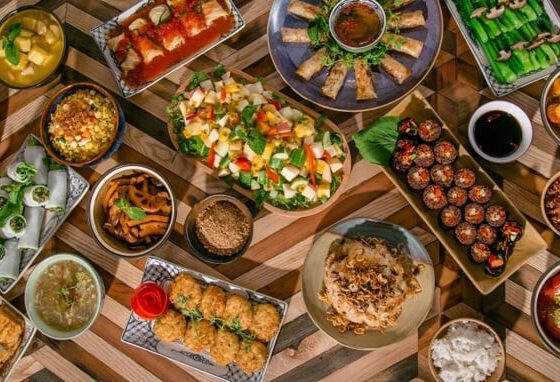

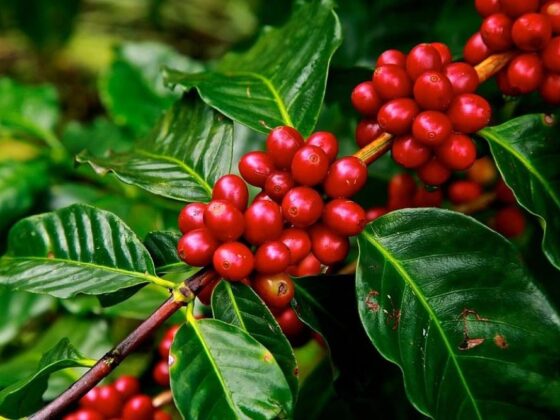
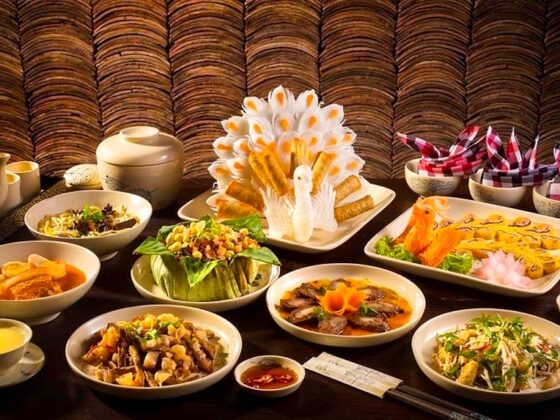
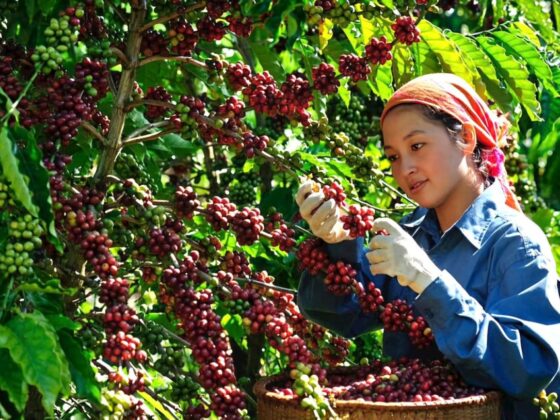
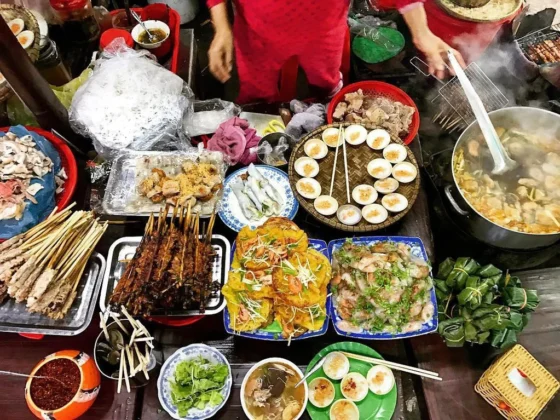
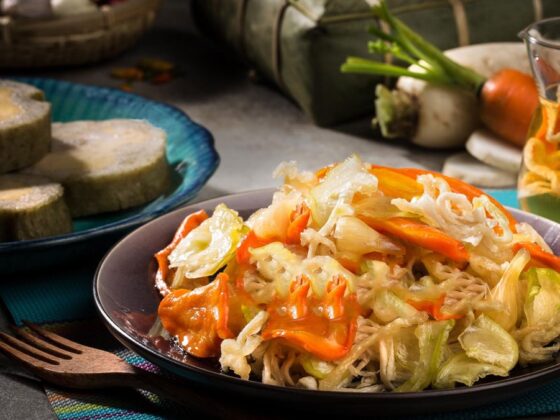
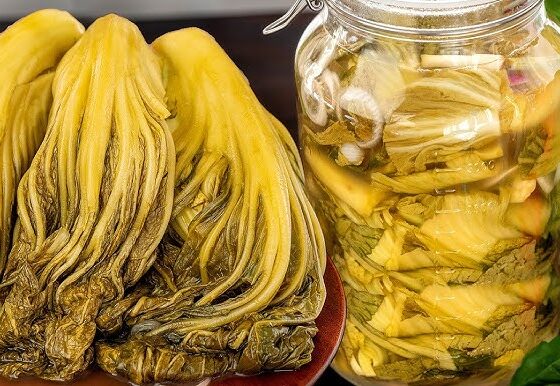
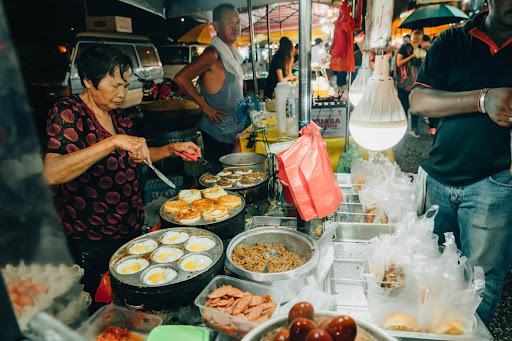
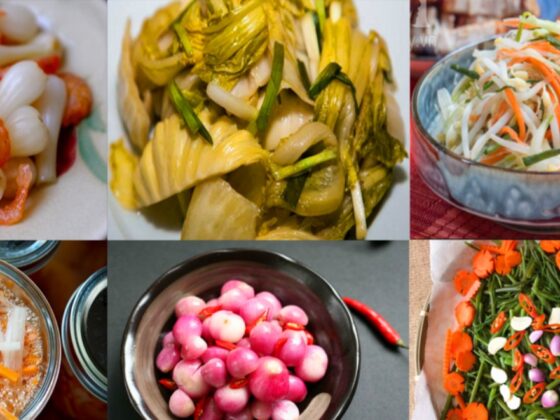
Your point of view caught my eye and was very interesting. Thanks. I have a question for you.